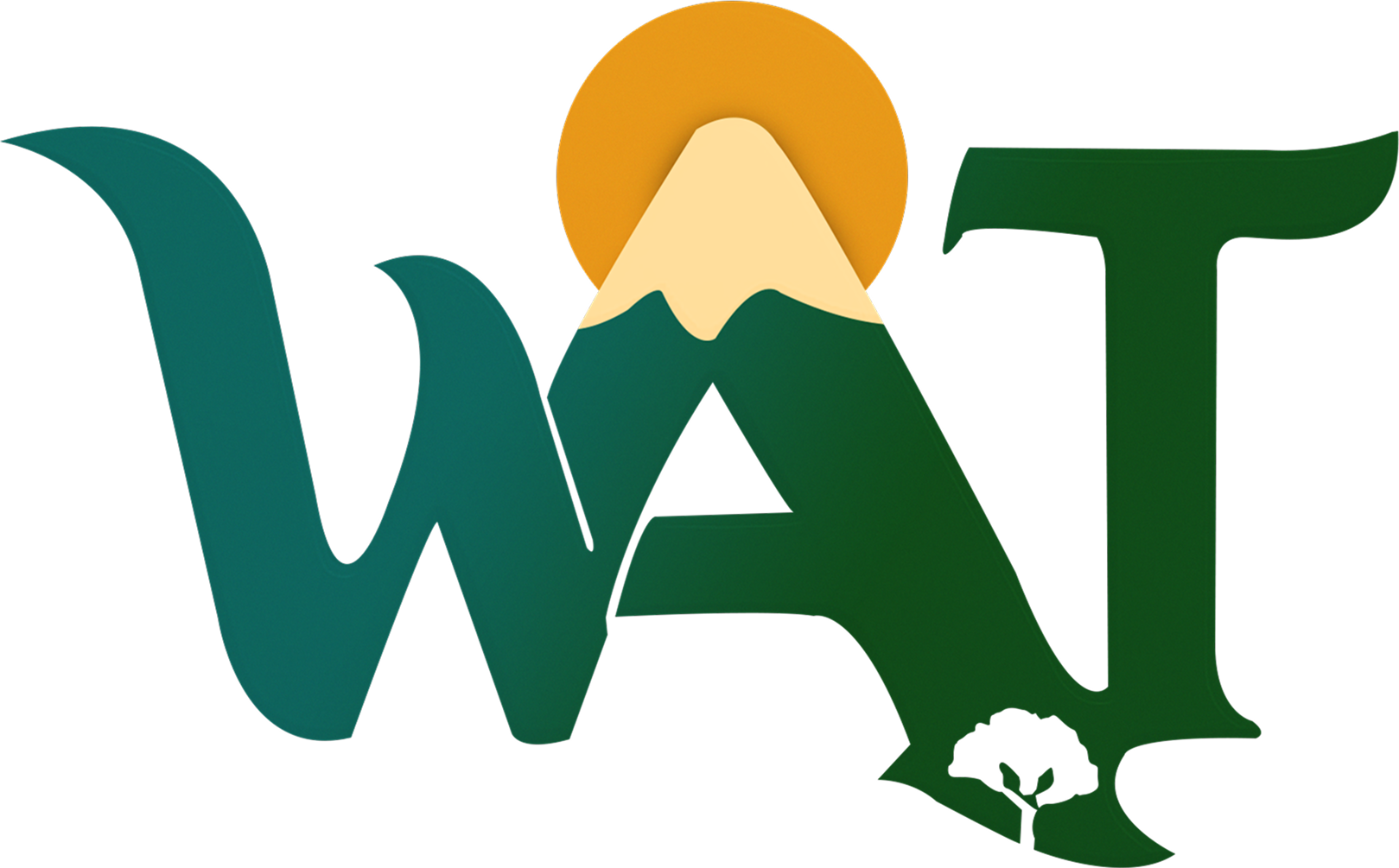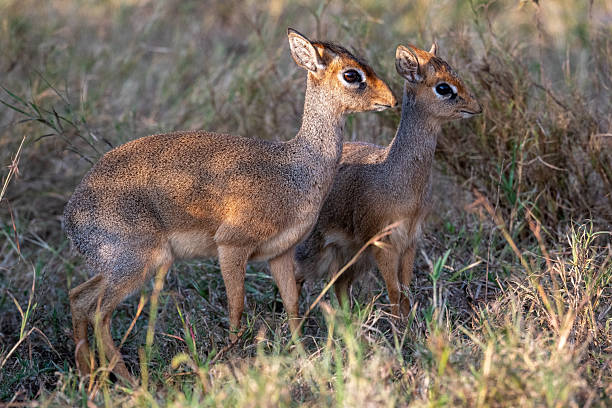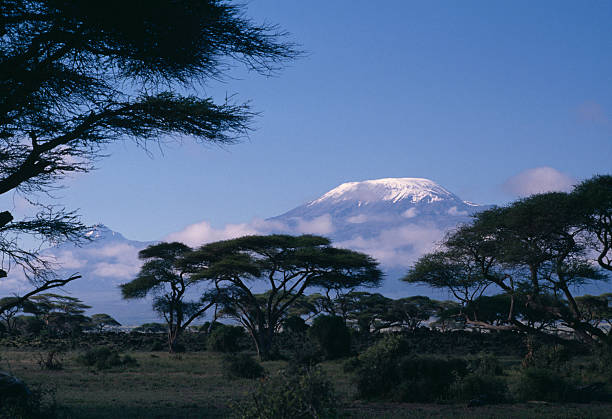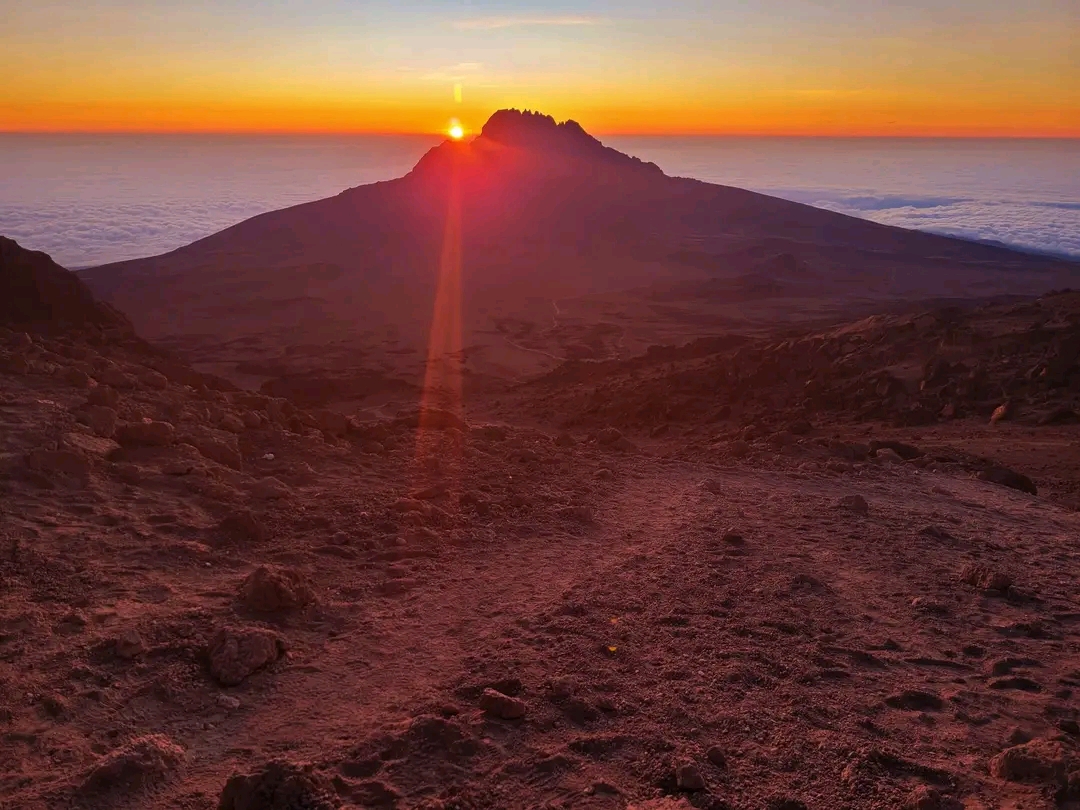Lemosho Kilimanjaro Route – 7–8 Days Itinerary, Cost & Success Rate

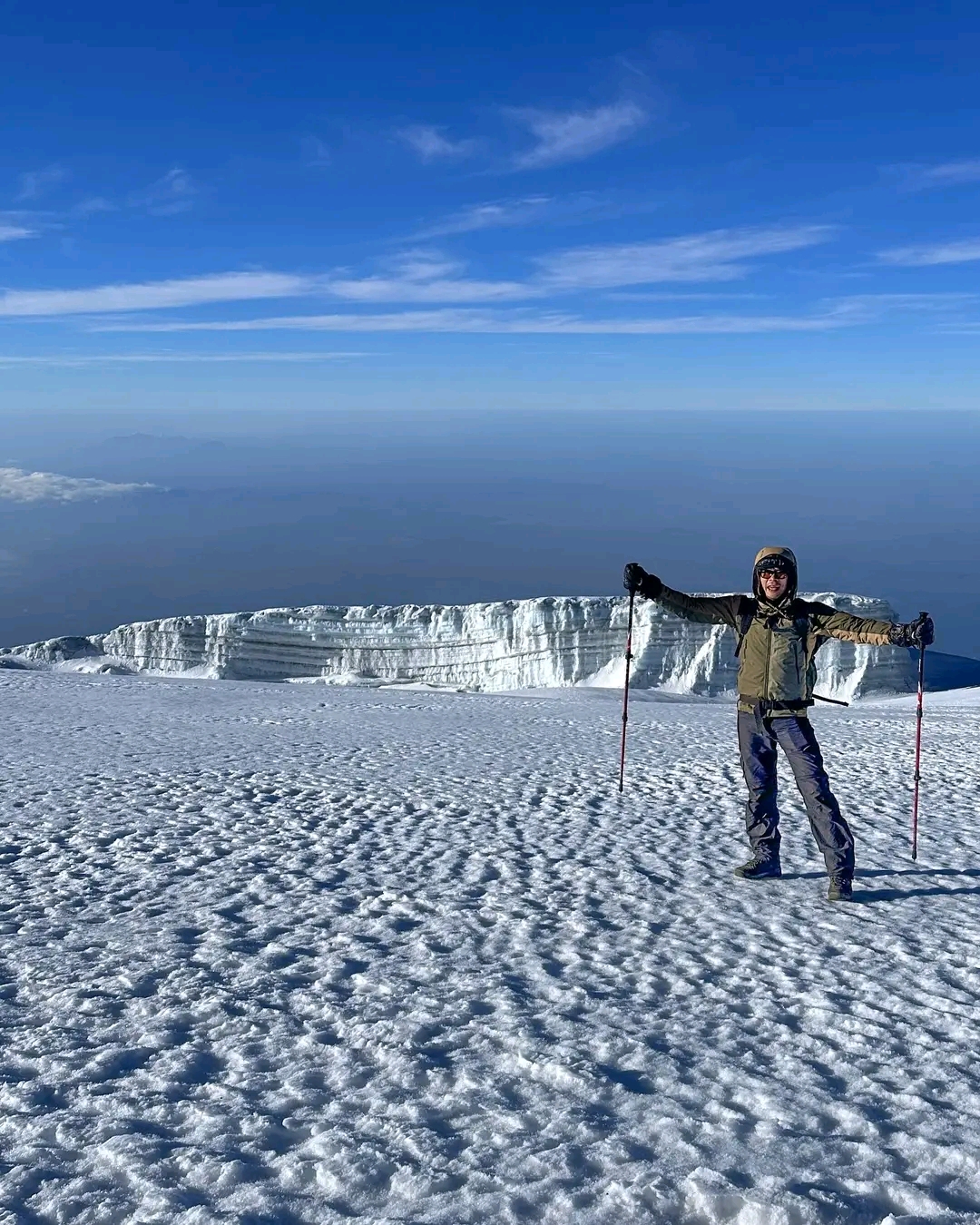
Trek Kilimanjaro via the Lemosho Route, widely regarded as the most scenic and highest-success trail. Approaching from the remote west, Lemosho offers an early drive-in start, lush rainforests and a prolonged Shira Plateau crossing. It’s ideal for extra acclimatization and amazing views.
Duration: 7–8 days (+ travel days)
Difficulty: Moderate (longer, gradual ascent)
Success Rate: ~90% on 8-day, ~85% on 7-day
Accommodation: Camping (tents)
[Get Your Free Climbing Plan (in 24h)]
Route Overview
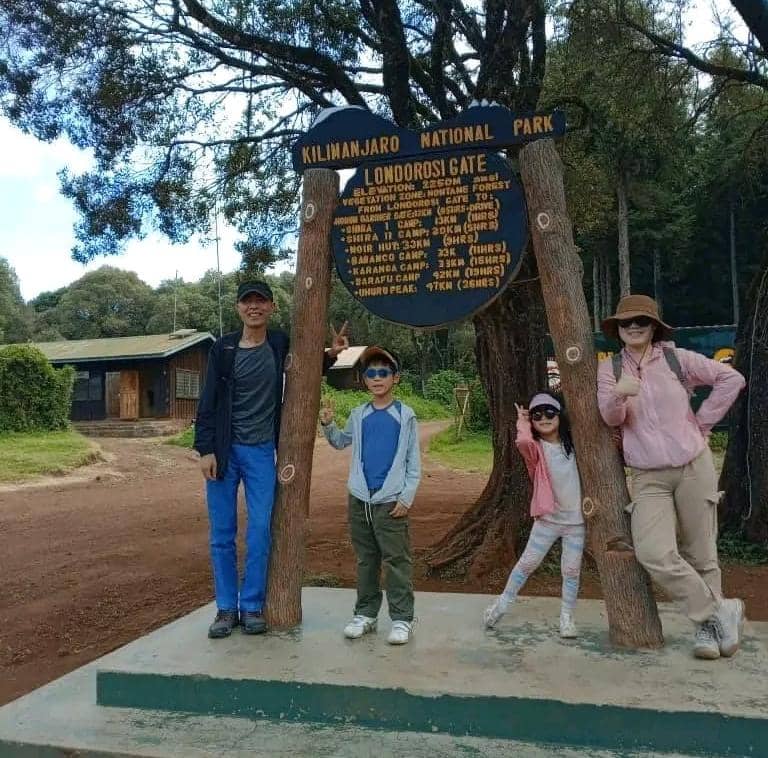
The Lemosho Route begins on Kilimanjaro’s lush western flank at the Londorossi Gate, guiding trekkers through a primeval rainforest for the first two days. This quiet and unspoiled approach offers a genuine wilderness experience.
After emerging from the forest, the trail traverses the vast and breathtaking Shira Plateau before merging with the more frequented Machame route near the Lava Tower. Most reputable operators recommend the 8-day itinerary, which includes a critical acclimatization day, though a 7-day option exists for those on a tighter schedule.
What truly sets Lemosho apart is its tranquility and remarkable biodiversity. The initial days are significantly less crowded than other popular routes, allowing for a more personal connection with the mountain.
The chances of spotting wildlife, such as the elegant black and white colobus monkeys or even tracks from elephants and buffalo in the lower forests, are higher here. Its long, gradual profile makes it one of the easiest routes in terms of gradient, which directly contributes to its status as one of the trails with the highest summit success rates.
Is Lemosho Right for You?
Choosing the right path up Kilimanjaro is the most important decision you will make. Lemosho’s unique characteristics make it perfect for some, but less suitable for others.
Best for: Trekkers seeking beautiful and varied landscapes will find Lemosho unparalleled. It is a photographer's dream, moving through rainforest, heath, moorland, alpine desert, and the arctic summit zone. It is also ideal for those prioritizing acclimatization and summit success over a shorter, more intense climb. Wildlife lovers will appreciate the pristine forest environment of the first few days.
Consider if: You have an extra day or two to spare for your adventure. The investment in time pays dividends in enjoyment and success. Be prepared for the logistics; the route requires a 2–3 hour drive from Moshi or Arusha to reach the trailhead, a testament to its remote and exclusive starting point.
Not ideal if: You are on a strict schedule that cannot accommodate at least seven days on the mountain. Similarly, if you are working with a tight budget, the additional day of park fees, crew wages, and logistical costs make Lemosho a more premium option compared to routes like Marangu or Machame.
Alternatives: For a similar southern circuit finish but a shorter trek, consider the Machame Route. For an even longer, more remote journey with the absolute highest success rate, the Northern Circuit offers unparalleled solitude and stunning northern views.
Lemosho 7 or 8 Days – Which to Choose?
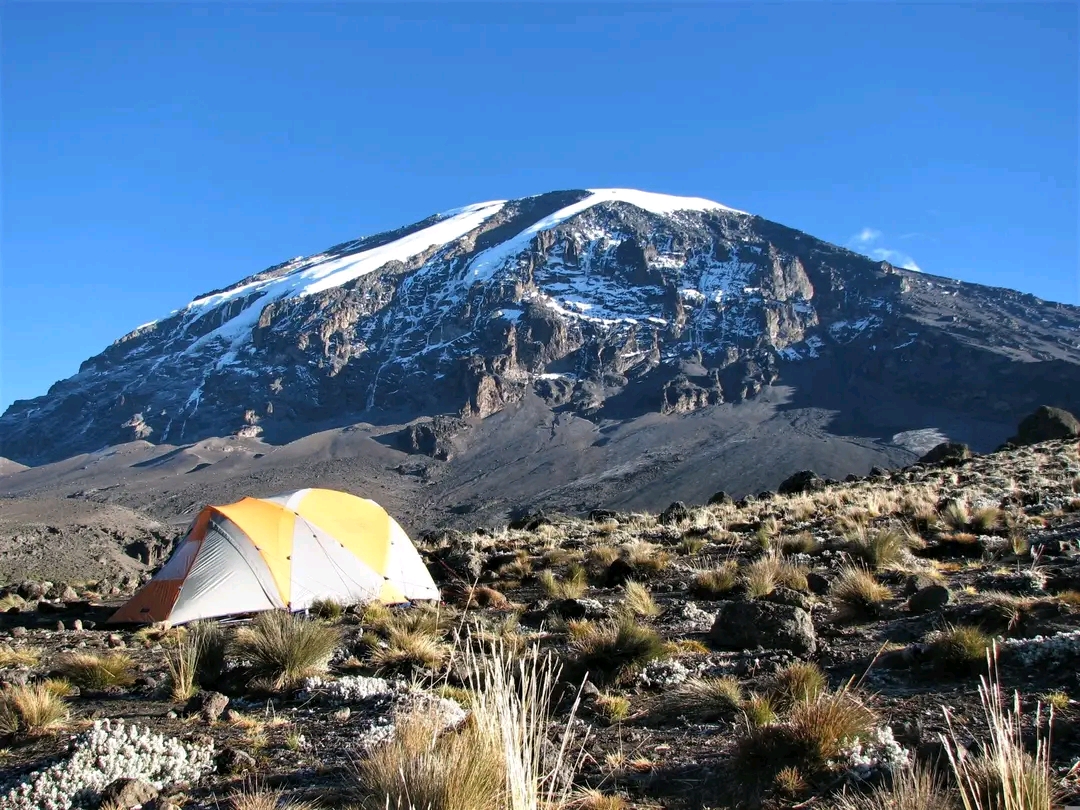
The choice between a 7 or 8-day Lemosho trek hinges on your priorities: time, budget, and acclimatization.
7-Day Lemosho: This is the faster option, typically achieved by combining two of the earlier days or skipping an intermediate camp like Karanga. While it is more affordable by one night's worth of fees and services, it comes with a trade-off. The schedule is tighter, reducing the time your body has to adjust to the altitude. This results in a slightly lower, though still respectable, summit success rate of approximately 85%.
8-Day Lemosho: This is the universally recommended itinerary for the best possible experience and highest chance of success, which climbs to around 90% or more. The extra day is not a rest day, but a shorter, purposeful acclimatization day, often involving a traverse across the Shira Plateau to Moir Hut. This schedule allows for a more relaxed pace, better recovery, and superior adaptation to the thinning air, making the journey more enjoyable and the summit day more manageable.
Lemosho Itinerary (Day by Day)
This itinerary details the recommended 8-day trek. The 7-day version typically omits the stay at Moir Hut (Day 3), proceeding from Shira 1 directly towards Barranco Camp via Lava Tower.
Day 1: Londorossi Gate (2,100m) → Forest Camp (2,900m)
Trekking Time: 3–4 hours
Your journey begins with a scenic drive from Arusha or Moshi to the Londorossi Gate. After registration, a short further drive takes you to the Lemosho trailhead. The first day’s trek is a gentle walk through the verdant, cathedral-like rainforest. The air is humid and rich with the scent of damp earth and foliage. Keep your eyes peeled for colobus monkeys swinging in the canopy. You will camp for the night in the lush forest, serenaded by the sounds of the wilderness.
Day 2: Forest Camp (2,900m) → Shira 1 Camp (3,850m)
Trekking Time: 6–9 hours
Today is a longer and more challenging day as you ascend out of the rainforest. The trail steepens, and the vegetation transitions into the heath and moorland zone, characterized by giant heathers and hardy grasses. As you gain elevation, the trees thin out, revealing dramatic views of the plains below. You will reach the rim of the Shira Plateau, a massive caldera, and cross it to arrive at Shira 1 Camp for the night. The sunset views from here are often spectacular.
Day 3: Shira 1 Camp (3,850m) → Moir Hut (4,160m)
Trekking Time: 5–6 hours
This is a crucial acclimatization day. You will traverse the high heath zone of the Shira Plateau, heading east towards Kibo’s peak. The walk is relatively gentle, allowing your body to adjust to the altitude above 4,000 meters. The destination is Moir Hut, a secluded camp nestled at the base of the Lent Hills. Optional acclimatization hikes can be taken in the afternoon to explore the surrounding ridges, further preparing you for the days ahead.
Day 4: Moir Hut (4,160m) → Barranco Camp (3,960m)
Trekking Time: 4–7 hours
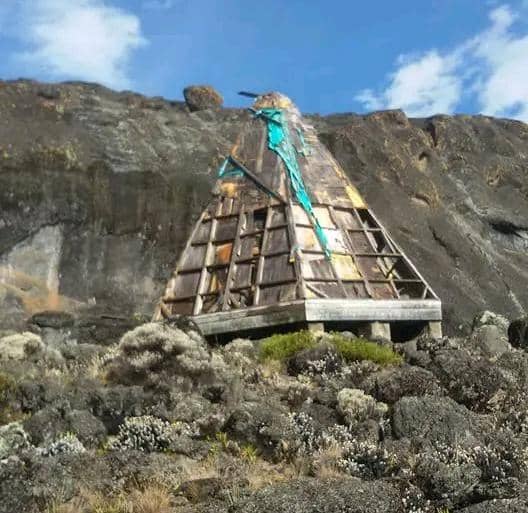
Today follows the classic acclimatization principle of "climb high, sleep low." You will ascend towards the imposing Lava Tower, a 90-meter-high volcanic plug, reaching an altitude of 4,600 meters. After a break here, you descend sharply into the magnificent Barranco Valley. The landscape becomes more surreal, dotted with alien-like giant groundsels and senecios. Your destination is the beautiful Barranco Camp, located at the foot of the Great Barranco Wall.
Day 5: Barranco Camp (3,960m) → Karanga Camp (4,040m)
Trekking Time: 4–5 hours
The day begins with the challenge and thrill of scrambling up the Barranco Wall. While it looks intimidating, it is a non-technical climb that requires you to use all four limbs. Your guides will ensure a safe passage. At the top, you are rewarded with incredible views. The rest of the day involves a series of ascents and descents as you traverse the ridges and valleys of the Karanga Valley before arriving at Karanga Camp.
Day 6: Karanga Camp (4,040m) → Barafu Camp (4,680m)
Trekking Time: 3–4 hours
This is a short but important trekking day. The path leads you out of the Karanga Valley and joins the Mweka descent trail. You will trek steadily uphill through the barren, rocky landscape of the alpine desert. The air is thin and cold. You will arrive at Barafu Camp (Barafu means "ice" in Swahili) in the early afternoon, leaving ample time to rest, eat, and prepare your gear for the summit attempt.
Day 7: Summit Day: Barafu Camp (4,680m) → Uhuru Peak (5,895m) → Mweka Camp (3,100m)
Trekking Time: 12–15 hours
The final push begins around midnight. Dressed in all your layers, you will start the slow, steady ascent under a blanket of stars. This is the most mentally and physically challenging part of the journey. You will trek up the steep scree slopes for about 6-7 hours, reaching Stella Point (5,756m) on the crater rim as the sun begins to rise, illuminating the glaciers in a breathtaking display of color. From here, it is a final 1-2 hour push along the crater rim to the true summit, Uhuru Peak (5,895m). After celebrating your achievement, the long descent begins, first back to Barafu for a short rest and then all the way down to Mweka Camp in the upper rainforest.
Day 8: Mweka Camp (3,100m) → Mweka Gate (1,640m)
Trekking Time: 3–4 hours
Your final day on the mountain is a beautiful, easy descent through the cloud forest. You will hike down to Mweka Gate, where you will sign out and receive your official summit certificate. From here, you will be transferred back to your hotel for a well-deserved hot shower and celebration.
(Route map graphic to be inserted here.)
Highlights of the Lemosho Route
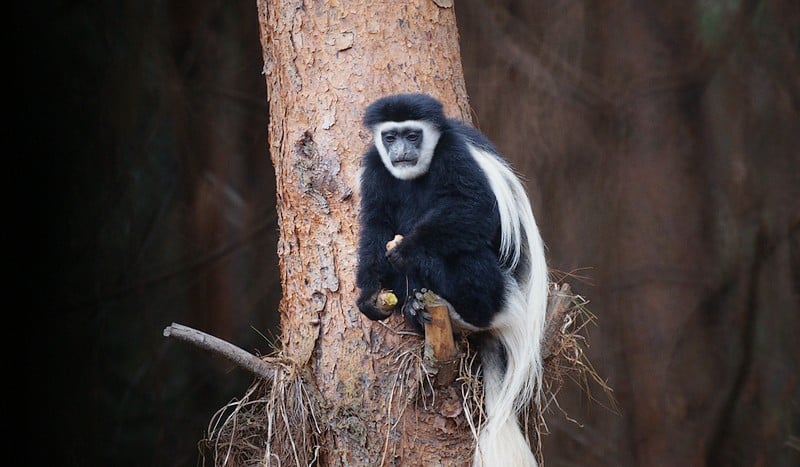
Rainforest Wildlife: The initial days offer an immersive trek through an ancient forest, providing the best opportunity on any Kilimanjaro route to spot colobus monkeys, blue monkeys, and a rich variety of birdlife.
Shira Plateau: Experience the awe-inspiring scale of this vast high-altitude plateau, a collapsed volcanic caldera that offers incredible panoramic views and a sense of true wilderness.
Remote Solitude: The first few campsites, especially Shira and Moir, see significantly fewer trekkers, allowing you to enjoy the tranquility of the mountain before joining the main circuit.
Varied Vegetation: Lemosho provides a complete ecological journey, taking you through all five of Kilimanjaro’s distinct vegetation zones, from the lush rainforest to the arctic summit.
Pros & Cons of the Lemosho Route
Pros:
Exceptional scenery makes it arguably the most beautiful route on the mountain.
Very high success rates due to its long profile and excellent acclimatization schedule.
More remote and less crowded than the popular Machame route, especially in the beginning.
Good opportunities for wildlife sightings in the lower forest zone.
Cons:
A longer trek duration (8 days recommended) requires a greater time commitment.
Higher cost due to longer time on the mountain and more complex logistics.
The remote starting point requires a longer drive from town to the trailhead.
It is a camping-only route, with no option for sleeping in huts.
Practical Information for Lemosho
Total Duration: 8–9 days are needed for the full trip, with 7 or 8 days spent on the mountain itself. The 8-day climb is highly recommended.
Difficulty: Graded as moderate. The ascent is gradual, making it physically less demanding than steeper routes, though the summit night is strenuous for all.
Best Months: The dry seasons from June to October and January to March offer the best weather conditions. Some rain is possible on the Shira Plateau, though its location in a rain shadow can lessen the impact.
Camping: Trekkers sleep in high-quality mountain tents. Tents and sleeping mats are usually provided by the operator, while sleeping bags and other personal gear may need to be rented.
Group Size: Groups on Lemosho are typically small, often ranging from 4–8 climbers, which allows for a more personalized experience and smoother logistics
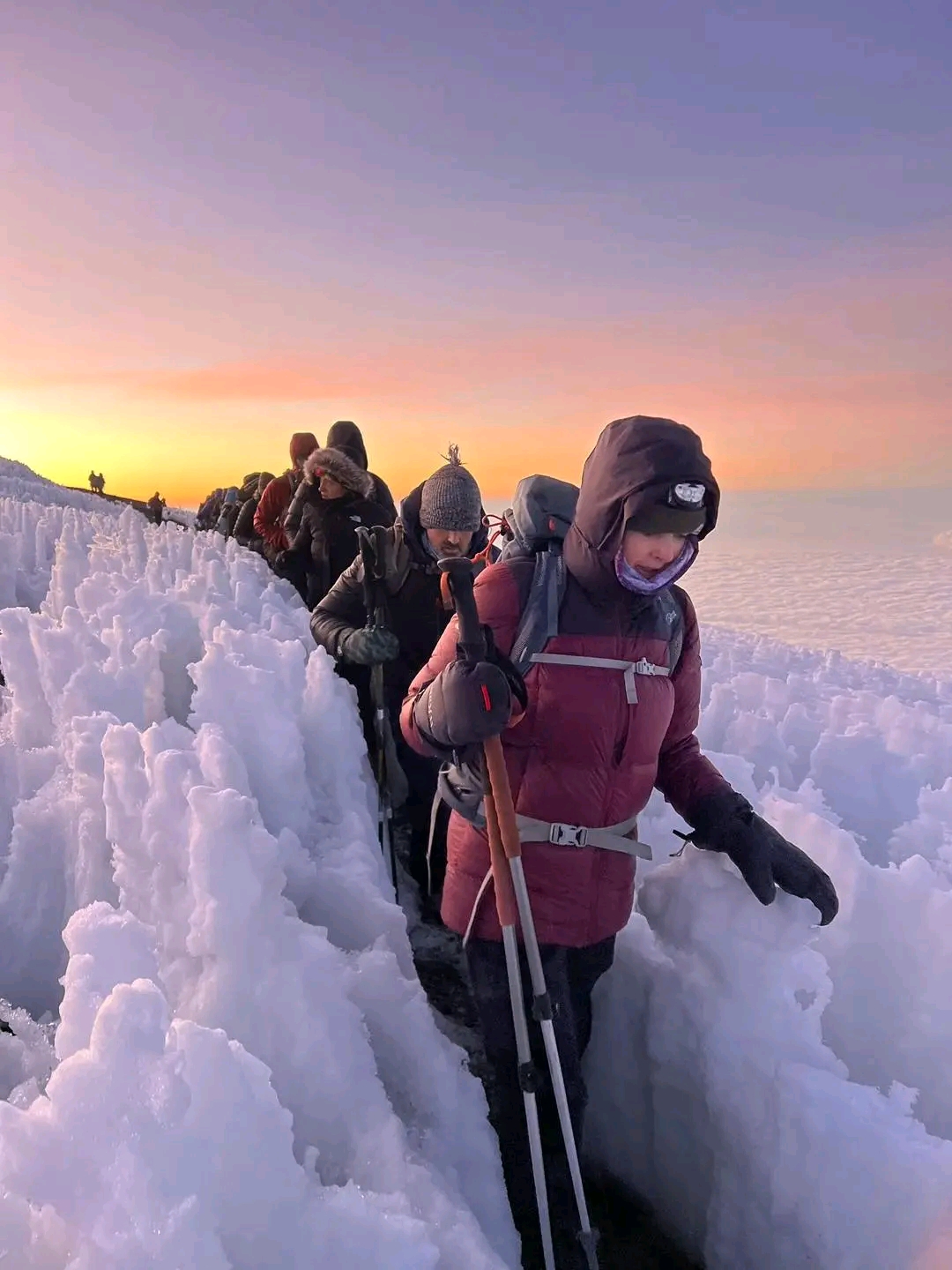
Lemosho Price & Inclusions
From: ~$2,200+ per person (for an 8-day climb)
Includes: Park fees, camping fees, rescue fees, professional guides, porters, and a cook, all meals on the mountain, high-quality camping equipment (tents, sleeping mats), and ground transfers between your hotel and the park gates.
Excludes: International flights, Tanzanian visa, tips for the mountain crew, personal climbing gear rentals (like sleeping bags, trekking poles, and apparel), travel and medical insurance.
[Request a Free Quote for your Lemosho dates]
Compare the Lemosho Route With Other Kilimanjaro Routes
Shorter trek: The Machame Route (6–7 days) offers a similar scenic profile and high success rate but is more crowded. The Marangu Route (5–6 days) is the shortest and cheapest option with accommodation in huts.
Huts instead of camping: The Marangu Route is the only route offering hut accommodation along its entire length.
Highest success: The Northern Circuit (9+ days) is even longer and more remote than Lemosho, boasting the highest success rate on the mountain, nearing 95% or more.
[Explore all Kilimanjaro routes]
Lemosho FAQ
How many days are needed for the Lemosho route?
A minimum of 7 days on the mountain is required, but 8 days is the ideal duration for proper acclimatization and enjoyment. This does not include travel days to and from Tanzania.
What is the total distance of the Lemosho route?
The total trekking distance is approximately 71 kilometers (43 miles) from the trailhead to the exit gate.
What is the summit success rate for Lemosho?
The 8-day Lemosho route has an excellent success rate of approximately 90%. The 7-day version is slightly lower, around 85%. With a quality operator and a strong team, these rates can be even higher.
How is the scenery on the Lemosho route?
The scenery is considered the best on Kilimanjaro. It offers a 360-degree journey around the mountain, featuring lush rainforest, a vast high-altitude plateau, and stunning views of the summit cone from the west
What are the group sizes typically like?
Group sizes are generally smaller than on Machame or Marangu. This is due to the route's higher cost and more involved logistics, which naturally leads to more intimate and manageable trekking groups.
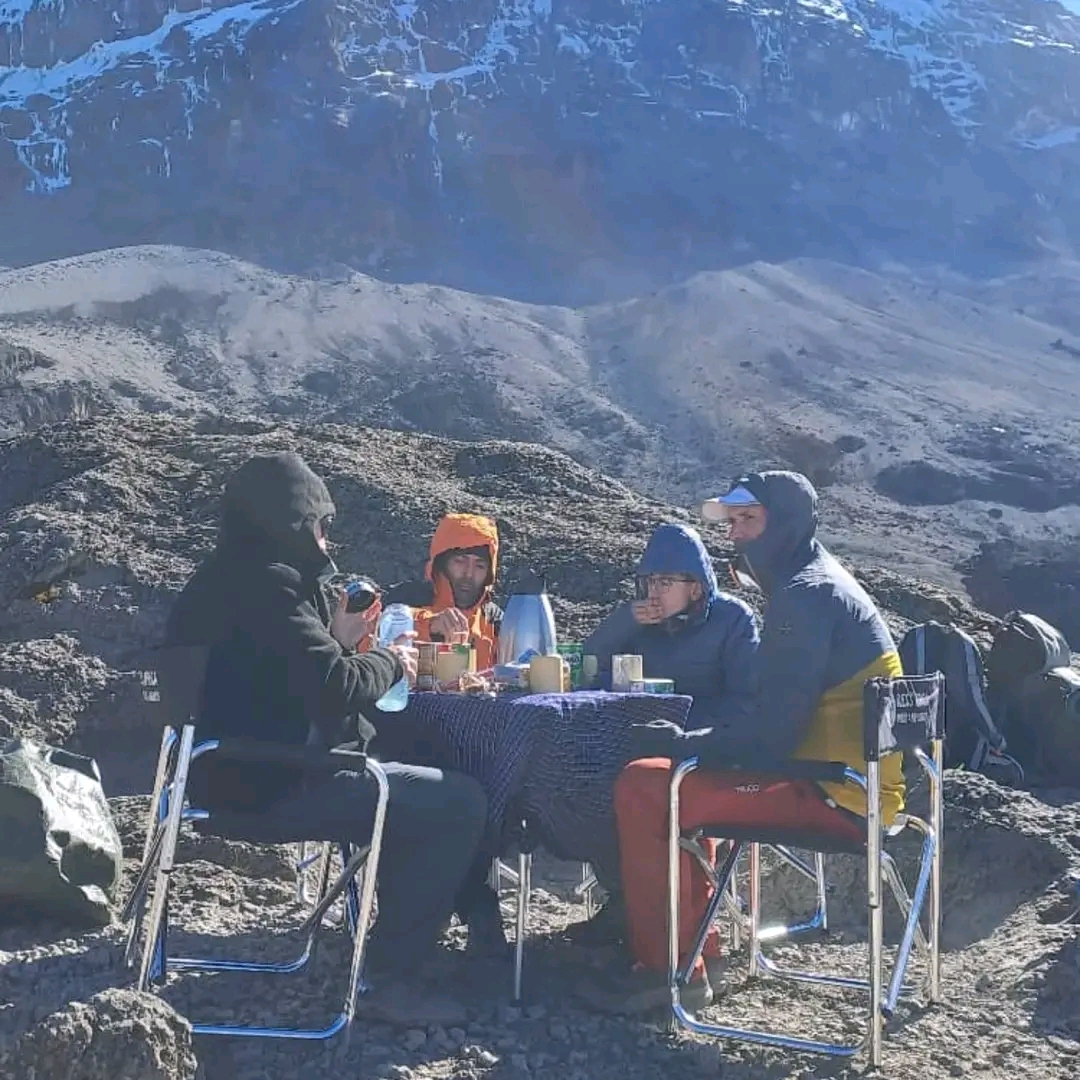
Trust & Testimonials
"Lemosho felt like a luxury trek – almost no crowds and breathtaking views everywhere. The guides knew exactly how to pace us, and that extra acclimatization day made all the difference. Reaching the summit felt challenging but completely achievable. An unforgettable experience."
– Carlos, Spain
"We chose the 8-day Lemosho for the wildlife and scenery, and it did not disappoint. Seeing colobus monkeys on the first day was magical. The entire crew was phenomenal, the food was incredible, and the slow, steady pace they set was the key to our success. We felt safe and supported every step of the way."
– Sarah, United Kingdom
"As a couple with different fitness levels, the 8-day Lemosho was the perfect choice. The longer profile gave my wife the extra time she needed to acclimatize, while the challenging sections like the Barranco Wall were exciting for both of us. Standing on the summit together was a moment we will cherish forever. Highly recommended."
– Mark and Jennifer, USA
Ready for Your Kilimanjaro Adventure?
The stunning landscapes and high success rate of the Lemosho Route offer an unparalleled Kilimanjaro experience. It is a journey that rewards patience with solitude, beauty, and the ultimate prize of standing on the roof of Africa. Let’s start planning your personalized itinerary for this adventure of a lifetime.
[Book the Lemosho Route Now] | [Chat on WhatsApp with a Kilimanjaro Expert]
